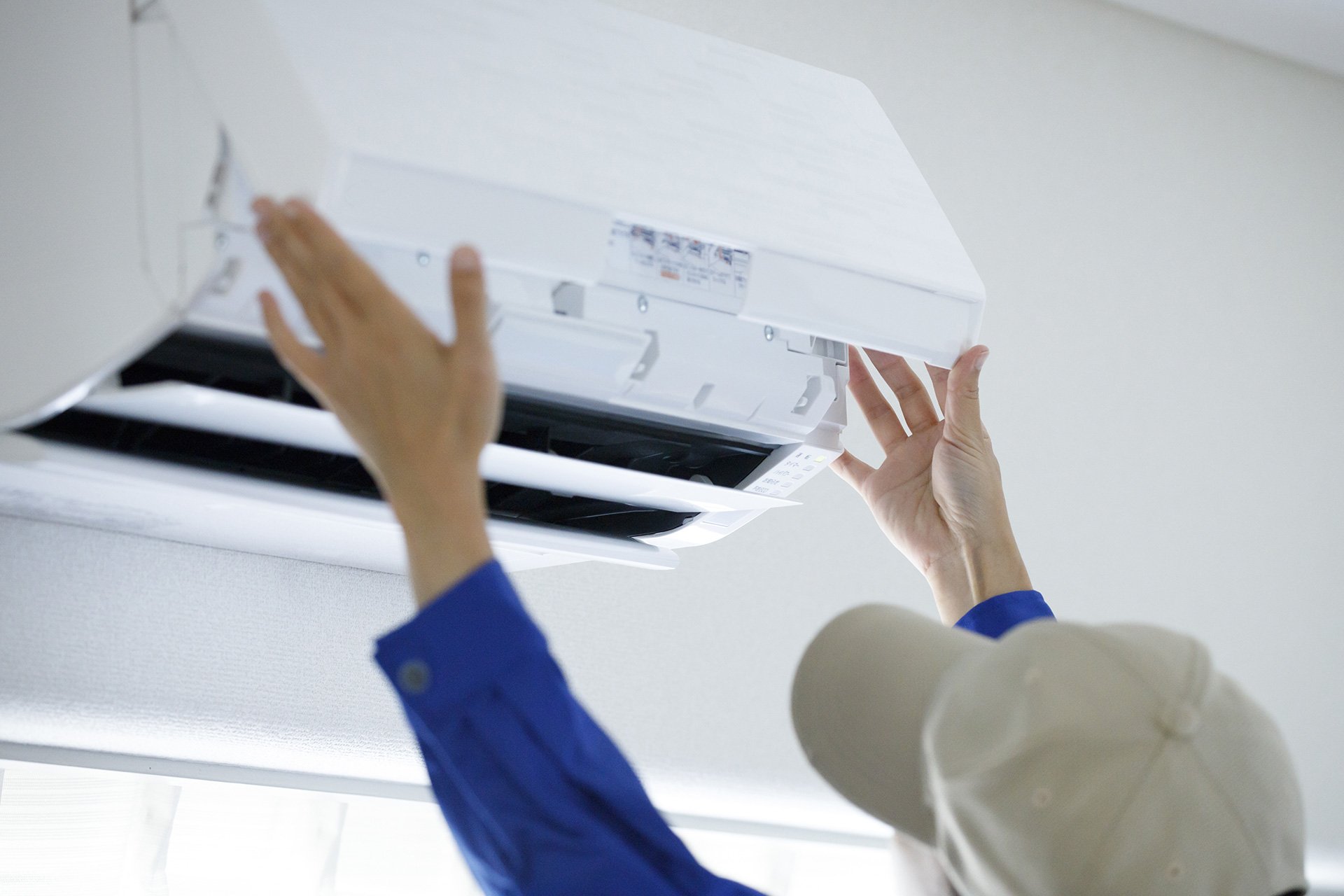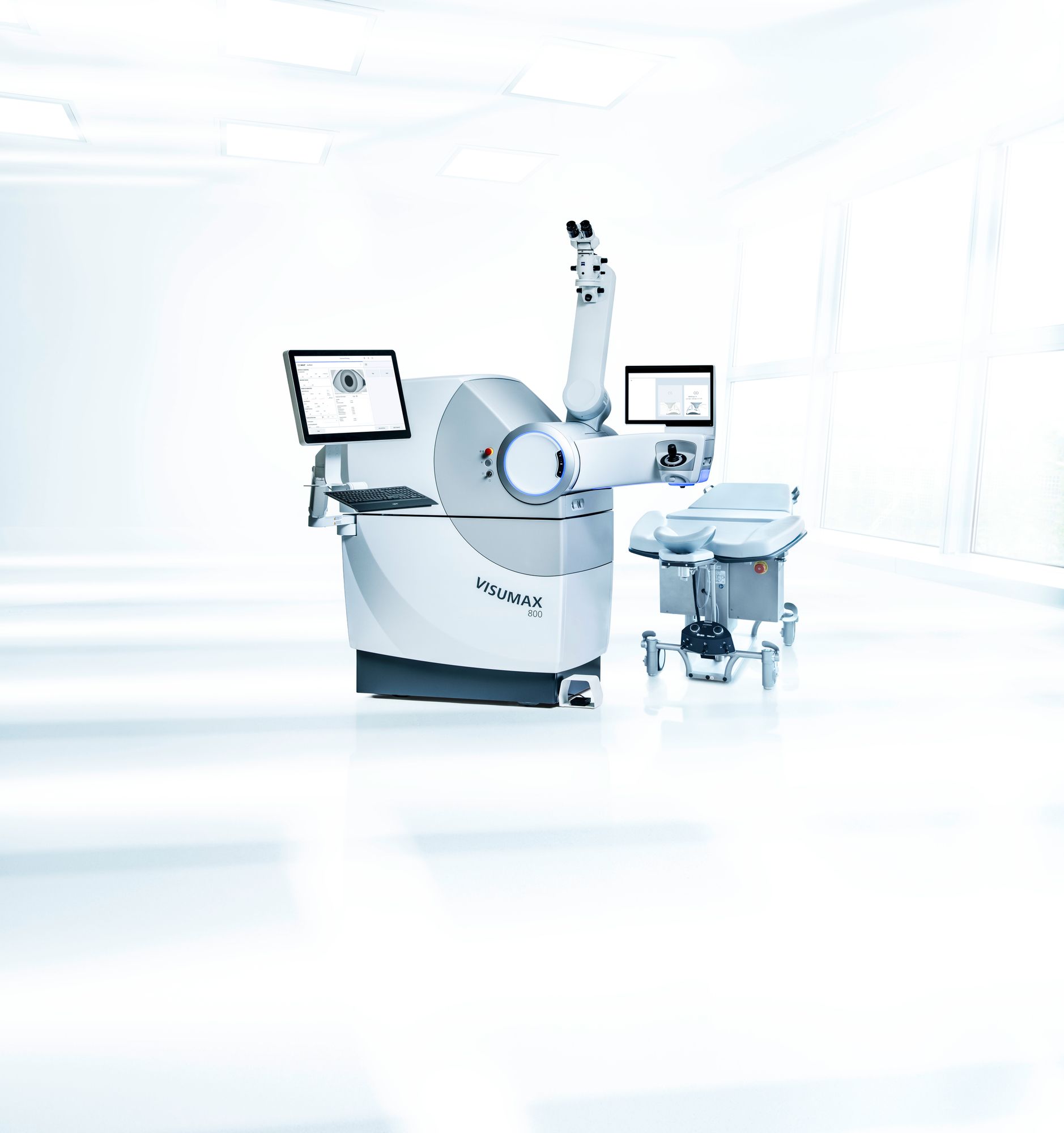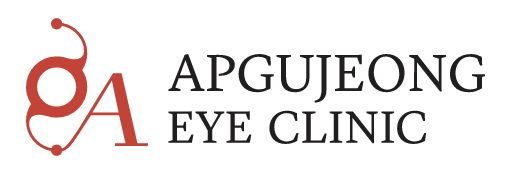How Safe Is Getting LASIK in Korea? Tips for Foreign Patients
Safety Overview of LASIK in Korea
- Korea has advanced ophthalmology services with modern laser technology and high volume of refractive surgeries.
- According to one source, LASIK surgeries in Korea report an efficacy rate of about 95 %.
- A Korean study found that over a 3-year follow-up, LASIK in a Korean population was “effective and safe with high refractive predictability” though some regression can occur.
- Many clinics serving international patients claim success rates over 99 % for modern procedures like SMILE/SMILE-type treatments.
- While these data are very encouraging, like any surgery, LASIK has risks and outcomes depend heavily on patient selection, surgeon/clinic quality, and after-care.
H2: What Foreign Patients Should Check Before Booking
Here’s a checklist you can use:
✅ Clinic & Surgeon Credentials
- Confirm the ophthalmologist performing your surgery is board-certified and experienced in refractive surgery.
- Ask how many LASIK/SMILE procedures they’ve done.
- Check that the clinic uses modern laser equipment (e.g., femtosecond laser, wavefront-guided systems).
- Ensure the clinic is compliant with Korean medical-tourism regulations and has international patient services (translation, patient coordination).
✅ Pre-operative Assessment
- Ensure you receive a comprehensive eye exam: corneal thickness, topography, tear film/test for dry eye, pupil size, general eye health. Korea standards show many clinics perform these.
- Confirm that you are a good candidate: thin corneas, keratoconus, severe dry eye or other eye disease may disqualify you or suggest an alternative procedure (e.g., surface ablation, ICL).
- Discuss your lifestyle (sports, travel, screen time, night driving) and how that affects suitability.
✅ Procedure Details & After-care
- Ask which type of procedure will be done (LASIK, SMILE, PRK) and why.
- Confirm what’s included in your cost: pre-op tests, surgery, post-op visits, medications, enhancements if needed.
- Check how follow-ups are managed — especially if you’ll be returning home soon after surgery: how many visits in Korea, how to manage if something comes up later!
- Ensure you understand what risks you accept: dry eye symptoms, halos, under or over-correction, need for enhancement. Even in Korea this is stressed.
✅ Logistics for International Patients
- Confirm English (or your language) speaking staff/coordinator.
- Plan your stay: you may need to stay in Korea for at least 1-2 nights (sometimes more) for follow-up.
- Bring your current glasses/contact prescription and any previous eye-history records.
- Ensure you have contact details of clinic and emergency support in case you face issues after returning home.
- Ask about what happens if you need enhancement later: is that included? Will you return to Korea or can you have it locally?
Risks & What to Ask Your Surgeon
⚠️ Common Risks
- Dry eyes or worsened dryness after surgery (temporary or less commonly longer)
- Glare, halos, star-burst effects especially at night
- Under- or over-correction, meaning you may still need glasses or further treatment
- Flap-related complications (in LASIK) — less relevant in SMILE but still possible
- Regression: some shift in vision over time, especially in higher myopia. The Korean 3-year study mentioned regression.
🧐 Questions to Ask
- What is your clinic’s enhancement (re-treatment) rate?
- What percentage of your patients achieve 20/20 or better vision?
- How many patients had serious complications in the last year?
- What will my recovery timeline look like? Any special restrictions?
- If I travel back home soon after surgery and something happens, how is that handled?
- Are there follow-up visits included in the price? Are post-op drops included?
Tips to Improve Your Safety & Outcome ✅
- Stop wearing contact lenses for the time recommended by the clinic before your assessment, so measurements are accurate.
- Avoid risky behaviours post-op: do not rub your eyes, avoid dusty or smoky environments initially, avoid swimming/diving until cleared.
- Use all prescribed medications/eye-drops exactly as instructed.
- Wear sunglasses outdoors to protect healing eyes from UV and wind.
- Follow up as scheduled: even if you feel fine, the follow-up catch things early.
- Maintain good general eye health: manage screen time, take breaks, ensure you’re hydrated. Good habits help longevity.
- Stay realistic: Even the best clinics do not guarantee “perfect vision for life”. Age-related changes (presbyopia) may still happen later.
H2: Final Take – Is LASIK in Korea Safe for Foreign Patients?
Yes — in well-selected patients, at reputable clinics, LASIK (and similar procedures) in Korea can be very safe and effective. The data show high success rates (95 %+ efficacy in many cases) and Korea offers advanced equipment and experienced surgeons.
However — the key is you must do your homework. The “safe” outcome relies more on patient selection, clinic quality, and after-care than just the country. As a foreign patient you should take extra care regarding language, logistics, follow-up, and making sure what you're paying includes all essentials.
If you check all the boxes and travel with good planning, it can be a strong option. If you skip the research and go purely on price, you may expose yourself to risks.













